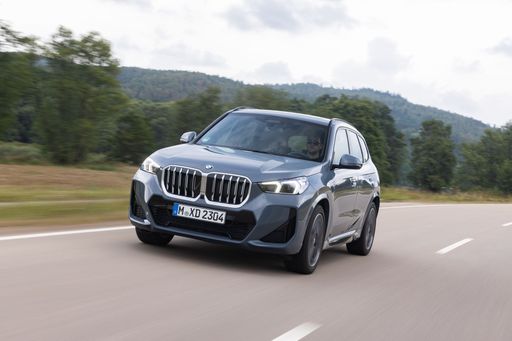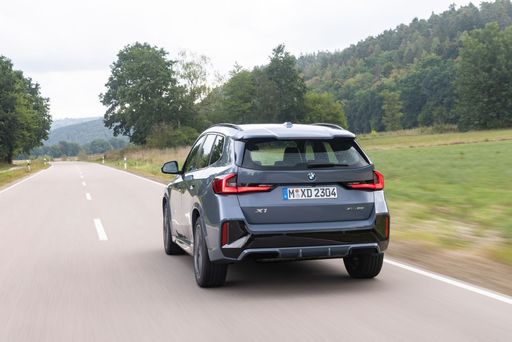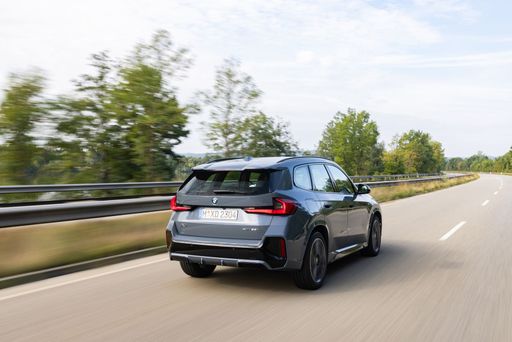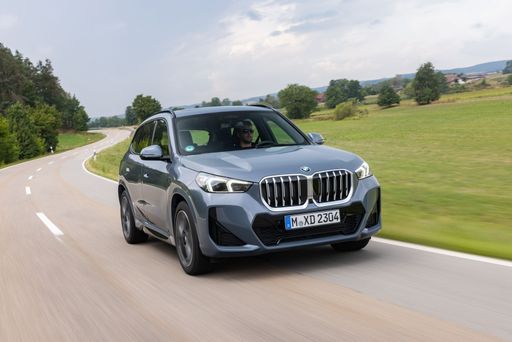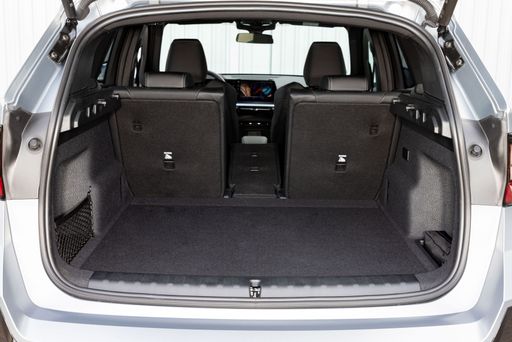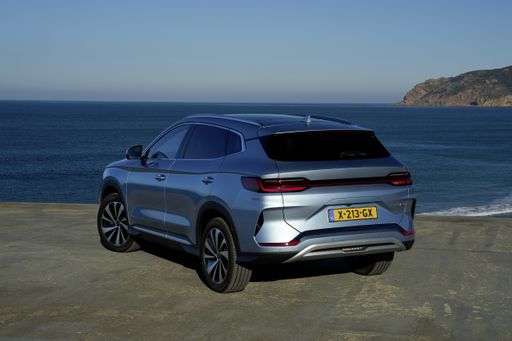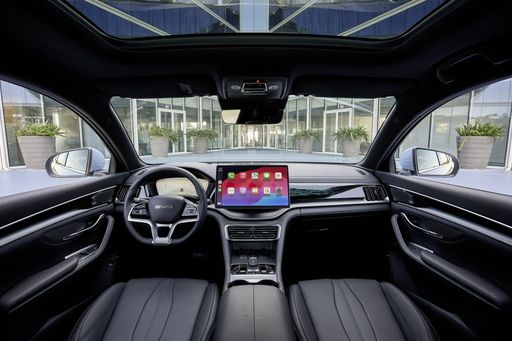Battle of the SUVs: BMW X1 vs. BYD Seal U
In the ever-evolving automotive landscape, SUVs continue to hold a significant share of the market due to their versatility and capability. Today, we delve into a compelling comparison between two popular SUVs: the 2024 BMW X1 and the BYD Seal U. Both models bring unique features to the table, aiming to capture the hearts and minds of modern drivers. We’ll take a closer look at their technical aspects, innovations, and design to help you decide which might suit your lifestyle best.


